The Google Cardboard VR experience I chose to review is Invasion (and Asteroid), made by Baobab Studio, which specializes in providing users with immersive experience through its storytelling. Invasion is an animation about the story of a couple of aliens who want to conquer the earth, and upon their arrival they met two bunnies. Interestingly, the user is one of the bunnies (in fact I failed to realize that until I read through the description of the story)!
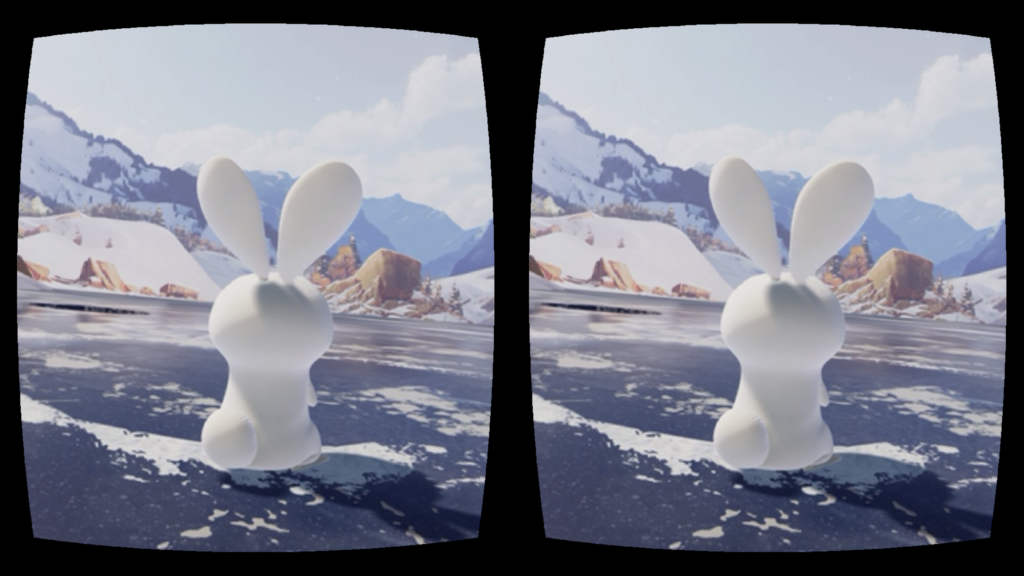
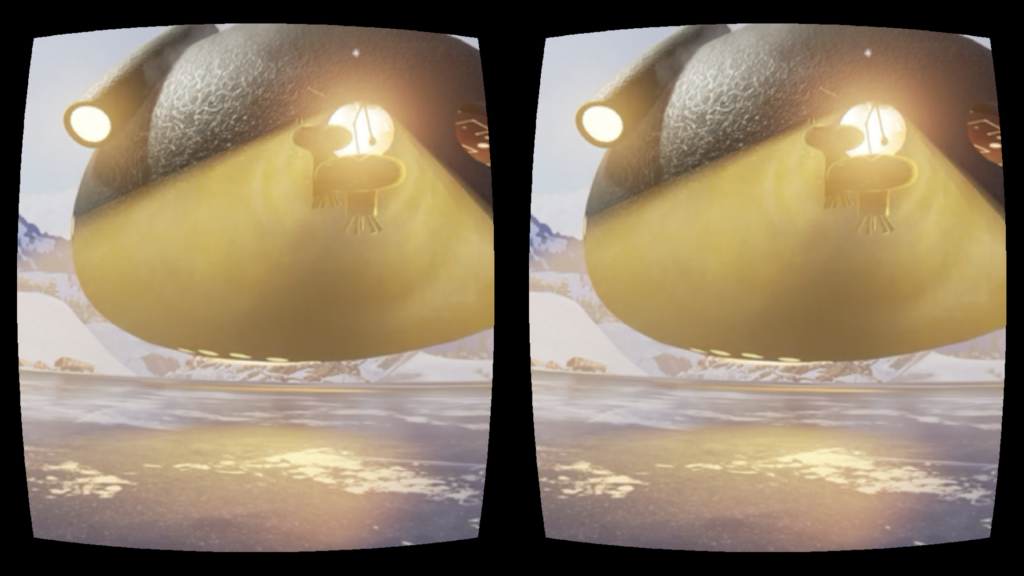
Like other VR animations, Invasion provides a panoramic scene, allowing the user to get a comprehensive sense of the setting and really feel involved in the story. The Baobab app allows the user to switch between the VR mode and the normal mode (the one that does not require a Google Cardboard but still shows the panoramic scene). I watched the animation twice using different modes, and really appreciated the immersive experience of the VR mode. In the normal mode, the whole experience is limited within the screen of your phone. Thus even if you can look around and explore the scene, you still feel the boundary between the story and the reality, while in the VR mode you become part of the story as if everything is happening around you.
On the other hand, the sound effect fosters the immersive experience. When using the Google Cardboard, the speaker of the phone is closer to your ears, and the 3D sound effect is more notable. When I watched the animations (Invasion and also Asteroid), my attention was directed by the sound effect: whenever I heard something behind me, I would look back and see what’s going on. In that sense, I consider the sound effect as an essential part of the environment. Also, the VR environment offers more freedom for the user: unlike films which directs user’s attention through specific camera angles, VR environment allows user to pick their own camera angle. If you are not interested in what’s going on with the main characters, you can just turn around and explore the scene by yourself.


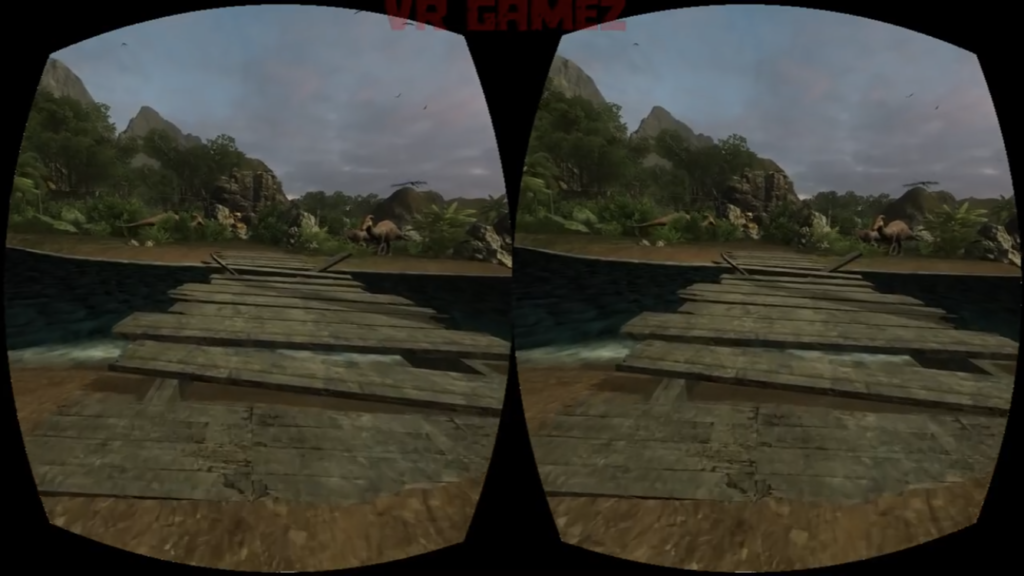
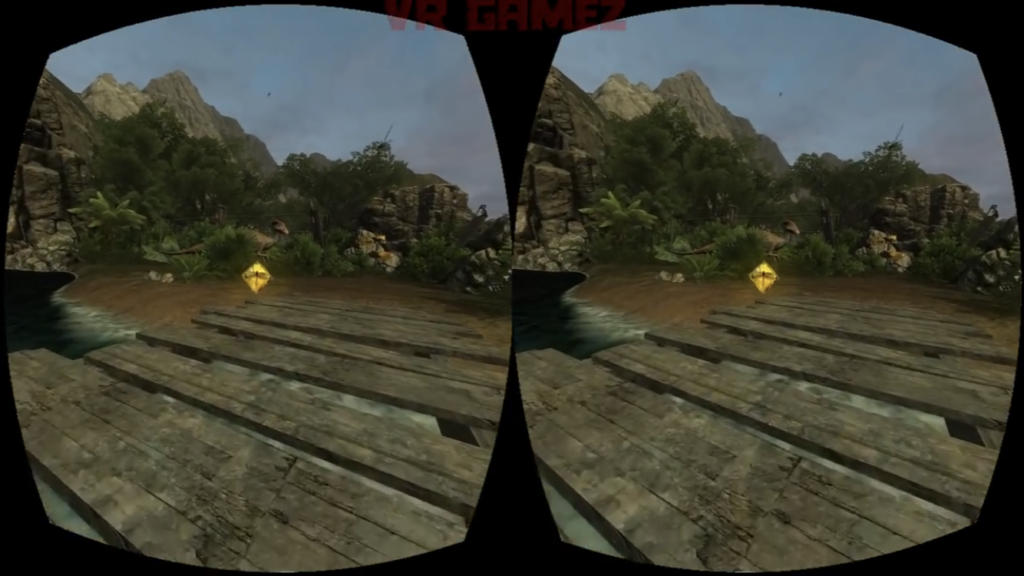
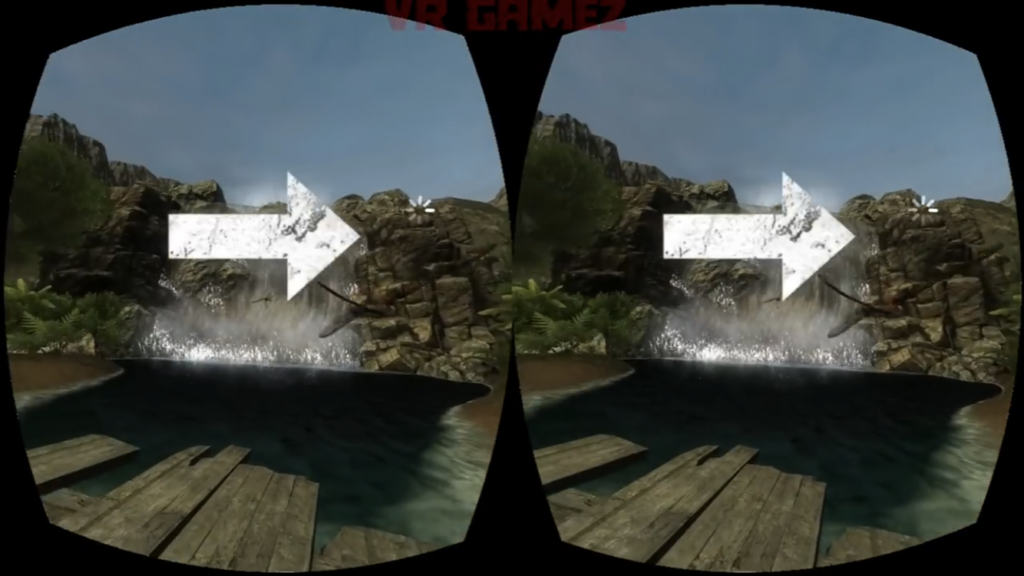

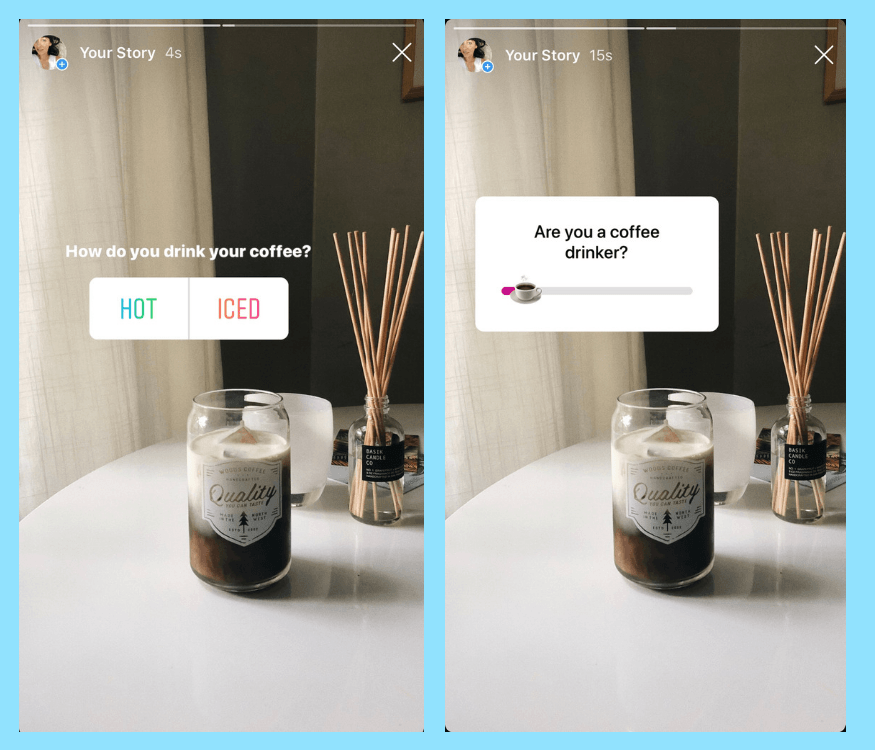


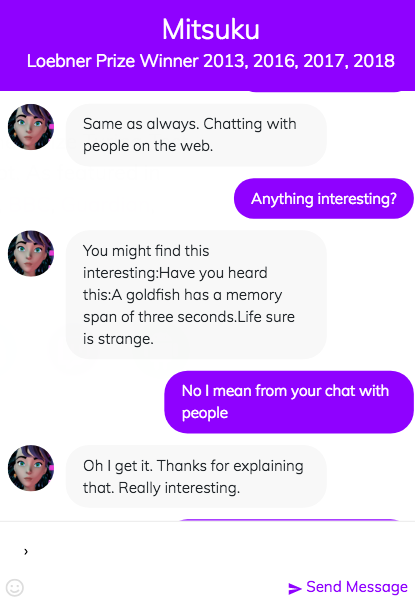

/cdn.vox-cdn.com/uploads/chorus_image/image/53577541/Breath_of_the_Wild_Screen_Shot_3_6_17__2.03_PM.1488988717.jpg)


/cdn.vox-cdn.com/uploads/chorus_image/image/53430925/Pearl_Patrick_Osborne_3.0.0.jpg)
